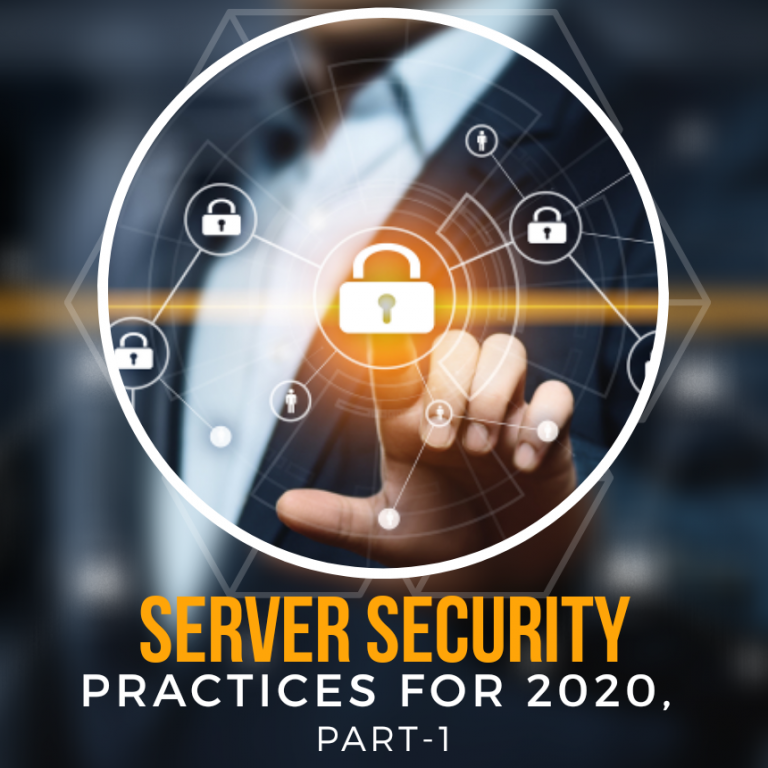
Part – I
In an increasingly dangerous web environment, server-level security is necessary. Your server and IT foundation are helpless to numerous threats on the web, and thus, overall protection is a must.
Now that you have secured your SSH service, it is time to jump-start checking and checking your domain name system and services. Following these SSH security notices will help you prevent any unauthorized access to your server, network, or even your private data.
If you find a way to secure your domains, names, systems, or services, you can follow these useful tips. I will repeat the basic rules over and over again but keep your servers and packages up to date. This includes OpenSSH and OpenSUSE, as well as other open-source tools such as OpenSSL.
Overlooking security may come with fatal consequences. It’s costly jeopardy that can hurt your business name and its stakeholders. As most business transactions are electronic, prioritizing server security ensures that your data and your information are protected.
Related: Domain Name Security: Essential Measures You Need to Know
To maintain your servers in tip-top shape, here are some suggestions on how you can effectively address the security needs of your server support:
Control login information:
Generate a unique password that comprised of at least eight characters. The law of thumb is to merge uppercase and lowercase letters, and at least one number and unique character in the password.
A secure password guarantees that the login credentials in your server are efficiently controlled and managed.
Change passwords regularly:
In order to block hackers from speculating or stealing your credential, it’s essential to renew it frequently. It’s advised to change your password every quarter to restrict its utility to hackers.
Execute two-factor authentication when feasible:
Although it’s a bit of an annoyance, two-factor authentication grants an additional coating of security. Most maximum Internet-based services as Google, Facebook, and Twitter are promoting the usage of two-step verification to protect their users from hackers.
Related: Infrastructure Cyber Security: Repels Cyberthreats
Store credentials securely:
Defending your users’ credentials, and information is one of the most critical aspects of server security. It’s easy to avoid such data breaches; one of the best ways to secure credentials securely is to employ password hashing.
To hash a password means to modify it into a unique value before storing it in your data set. The algorithm is one-way, which suggests it’s impossible to turn the hashed password to its original order. Extra security steps can be taken to provide additional security to hashing.
Delete users and groups that are no more in use:
To restrict unauthorized entrance to your server, make sure to routinely check your server and immediately remove or delete inactive audiences and unused groups.
Always scan for viruses:
We also make sure that you update your antivirus software to ensure that it is equipped with the best tools and information to combat new threats and viruses.
Update software and operating systems:
Similar to antiviral software, we provide that all infrastructure packages and operating systems are updated. Our servers scan for viruses and immediately detect any malicious files that could threaten your security.
These regular updates fix bugs in our software and guarantee that there are no security vulnerabilities in your system. The updated policy improves the security of your data, your network, and the performance of all your infrastructure packages and operating systems.
Have a robust firewall system:
In addition to the built-in safety features of the system, additional safeguards are provided. Firewalls are crucial for your servers and infrastructure, but also the security of your data and networks.
They allow you to control what needs to be exposed in your network and what is exposed. By presenting only a few components of your software, vulnerability to attacks is significantly reduced, which means that there is less material available for hackers to exploit.
Securing your server is an important step toward total network security, but it can be difficult to track all the information. It should take some time to do the necessary research to keep up to date with the latest and most up-to-date information about your network and its security. The research required is not an easy task, and you must do a good job of covering all bases and keeping your servers as secure as possible. This is the part one of this article, and in part two we will continue with further proven-tips that to be very useful.
Related: Protect Your Business From a Cyber-Attacks With ONPASSIVE


